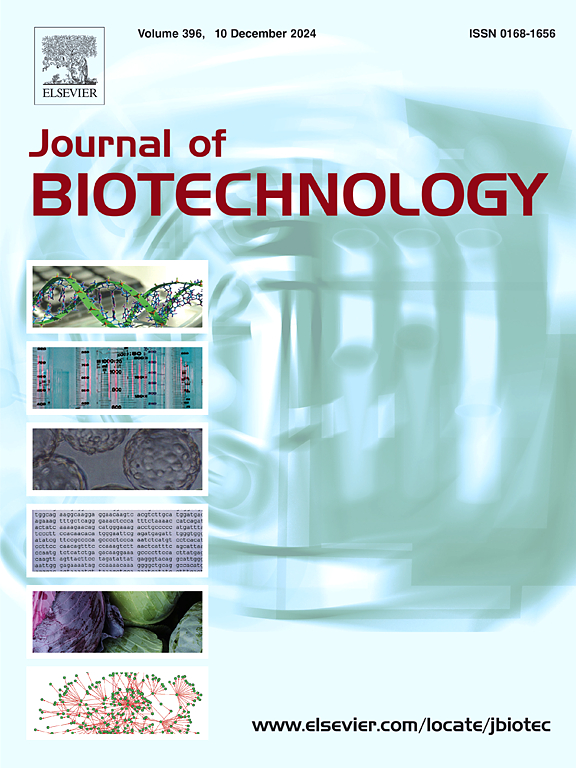Targeted inhibition of oral biofilm formation using phage-derived high-affinity peptides
IF 4.1
2区 生物学
Q2 BIOTECHNOLOGY & APPLIED MICROBIOLOGY
引用次数: 0
Abstract
Dental caries, commonly known as tooth decay, poses a significant oral health challenge affecting individuals of all age groups. While dietary factors play a role, tooth decay primarily results from the activity of various oral bacteria that form biofilms in the oral cavity. In this study, we employed the phage display technique to identify high-affinity peptides capable of binding specifically to three oral bacteria strains: Streptococcus mutans, Streptococcus oralis, and Lactobacillus casei. Four selected peptides underwent binding affinity testing for each target bacterium, revealing that three of them exhibited specific binding capabilities, effectively inhibiting biofilm formation. This study demonstrates the efficacy of engineered phages in identifying high-affinity peptides that selectively target oral bacteria. These peptides hold promise for preventing oral biofilm formation, a significant contributor to oral diseases and dental caries. This innovative approach opens doors to novel therapeutic strategies for addressing oral health issues. The findings may spur further research into the utilization of phages and peptides as potential anti-biofilm agents, potentially revolutionizing the field of oral health.
龋齿,俗称蛀牙,是影响各年龄段人群口腔健康的重大挑战。虽然饮食因素起了一定作用,但蛀牙主要是由在口腔中形成生物膜的各种口腔细菌的活动造成的。在这项研究中,我们采用了噬菌体展示技术来鉴定能够与三种口腔细菌菌株特异性结合的高亲和力肽:变异链球菌、口腔链球菌和干酪乳杆菌。所选的四种肽对每种目标细菌进行了结合亲和力测试,结果显示其中三种肽具有特异性结合能力,能有效抑制生物膜的形成。这项研究证明了工程噬菌体在识别选择性针对口腔细菌的高亲和力肽方面的功效。这些肽有望预防口腔生物膜的形成,而生物膜是导致口腔疾病和龋齿的重要因素。这种创新方法为解决口腔健康问题的新型治疗策略打开了大门。这些发现可能会促使人们进一步研究如何利用噬菌体和多肽作为潜在的抗生物膜制剂,从而有可能在口腔健康领域掀起一场革命。
本文章由计算机程序翻译,如有差异,请以英文原文为准。
求助全文
约1分钟内获得全文
求助全文
来源期刊

Journal of biotechnology
工程技术-生物工程与应用微生物
CiteScore
8.90
自引率
2.40%
发文量
190
审稿时长
45 days
期刊介绍:
The Journal of Biotechnology has an open access mirror journal, the Journal of Biotechnology: X, sharing the same aims and scope, editorial team, submission system and rigorous peer review.
The Journal provides a medium for the rapid publication of both full-length articles and short communications on novel and innovative aspects of biotechnology. The Journal will accept papers ranging from genetic or molecular biological positions to those covering biochemical, chemical or bioprocess engineering aspects as well as computer application of new software concepts, provided that in each case the material is directly relevant to biotechnological systems. Papers presenting information of a multidisciplinary nature that would not be suitable for publication in a journal devoted to a single discipline, are particularly welcome.
 求助内容:
求助内容: 应助结果提醒方式:
应助结果提醒方式:


